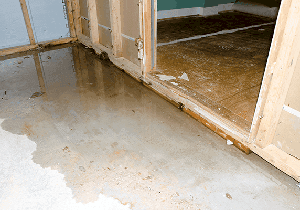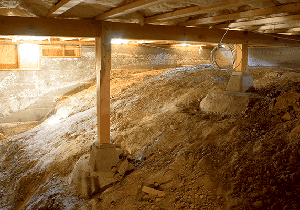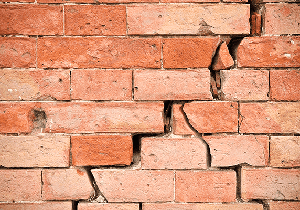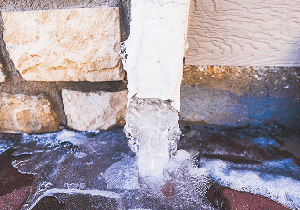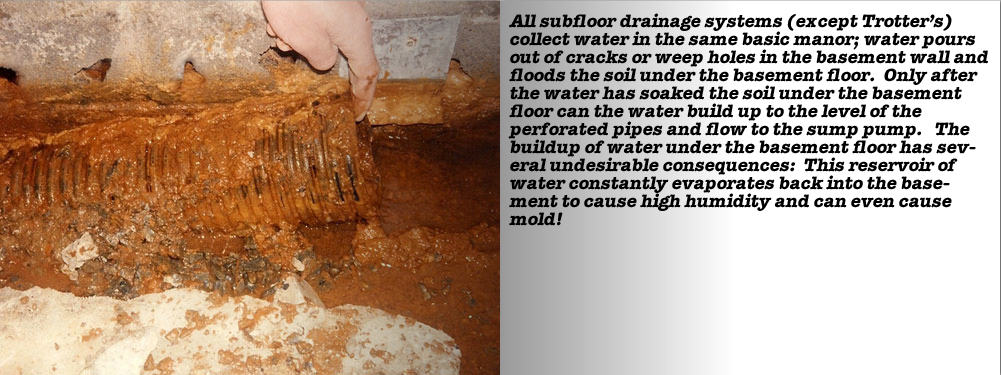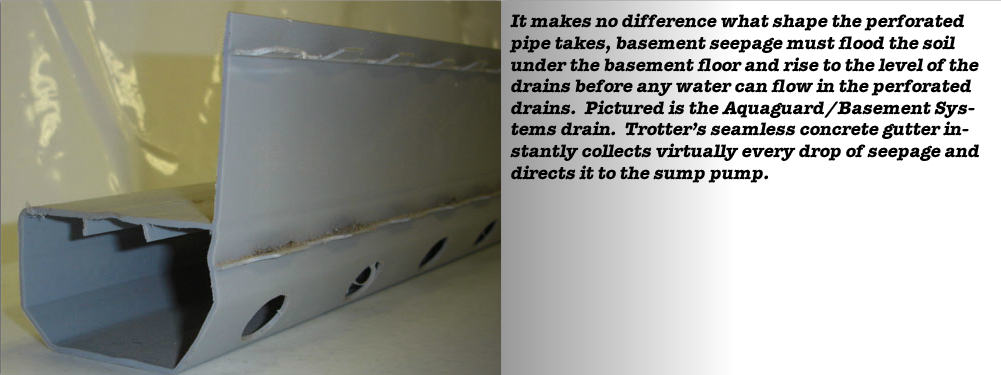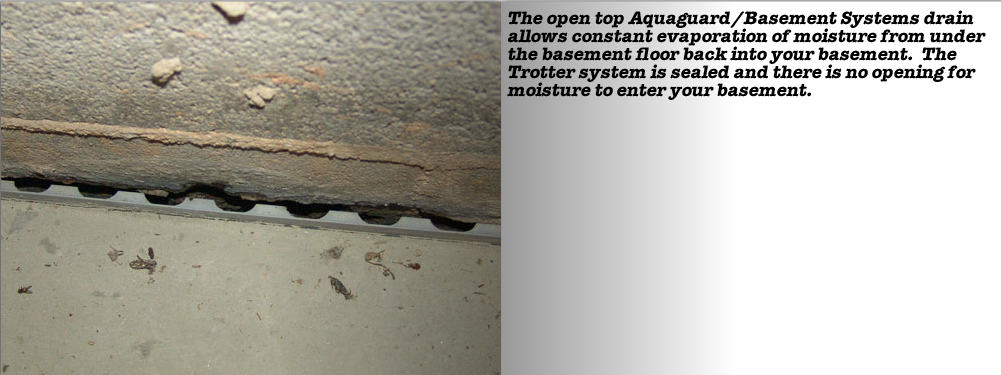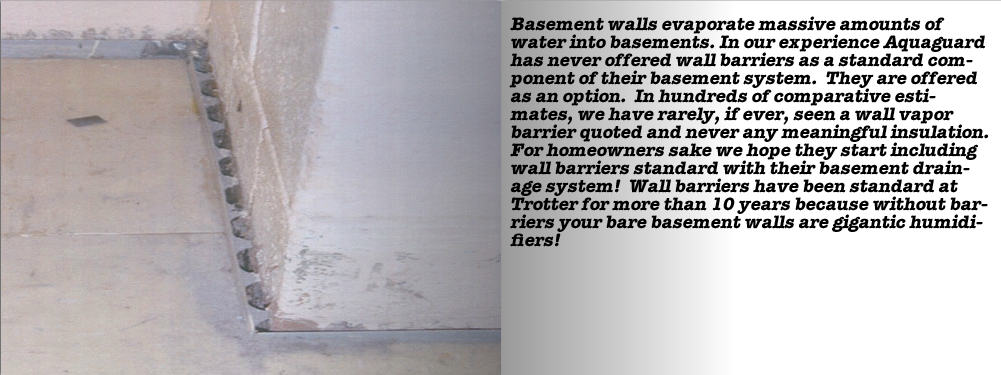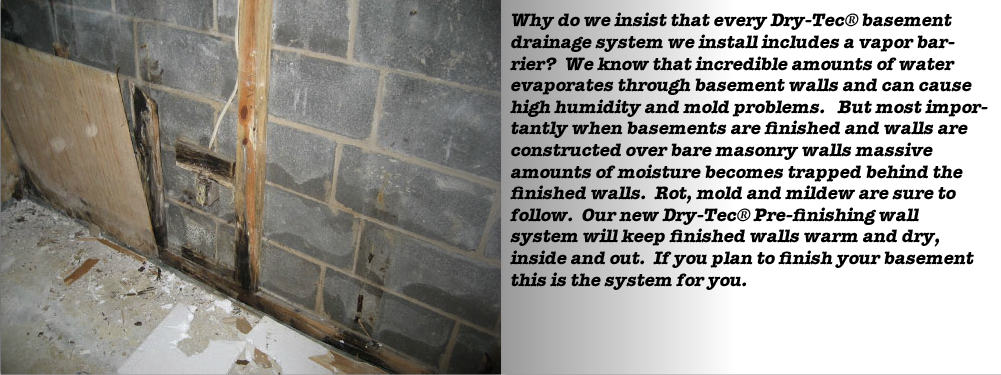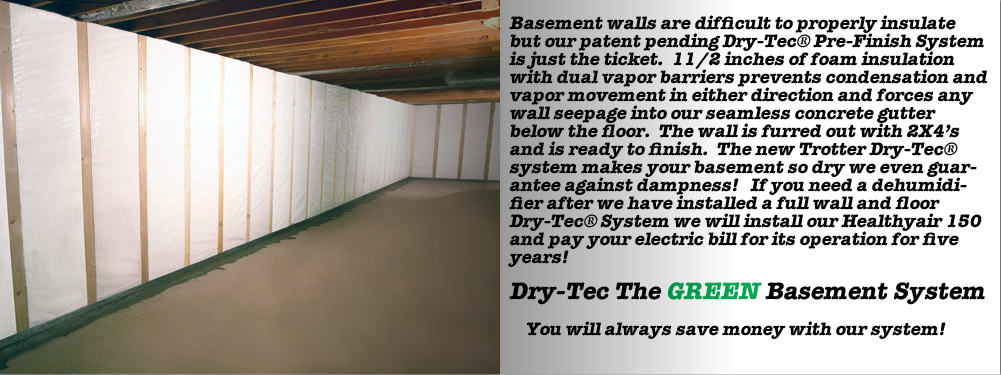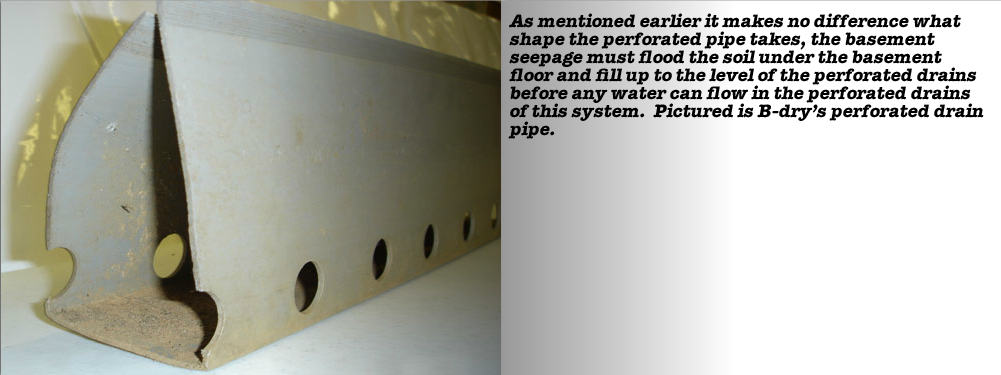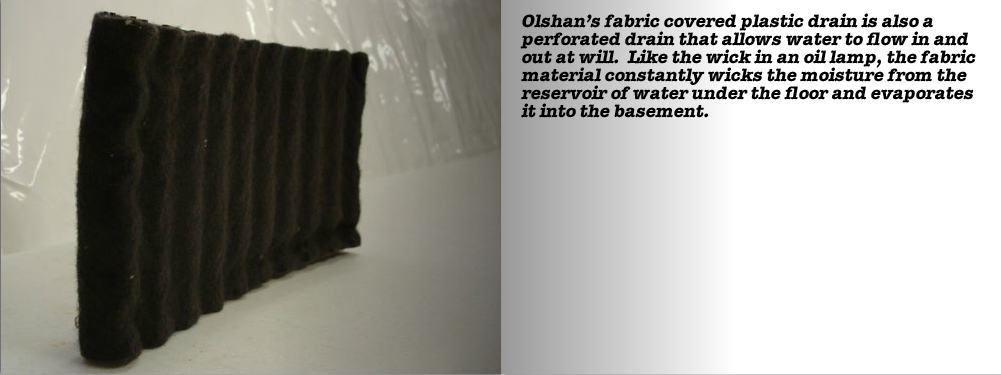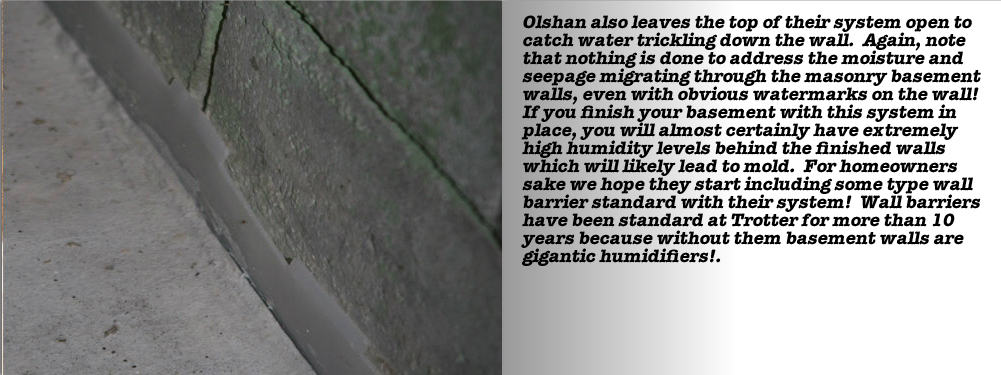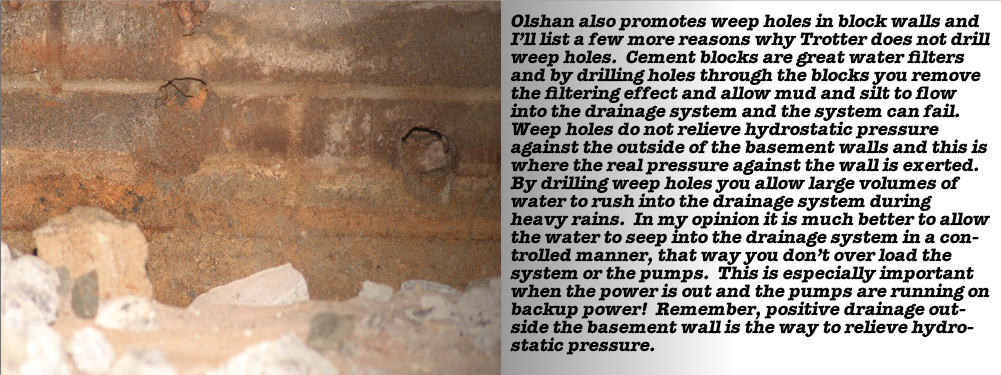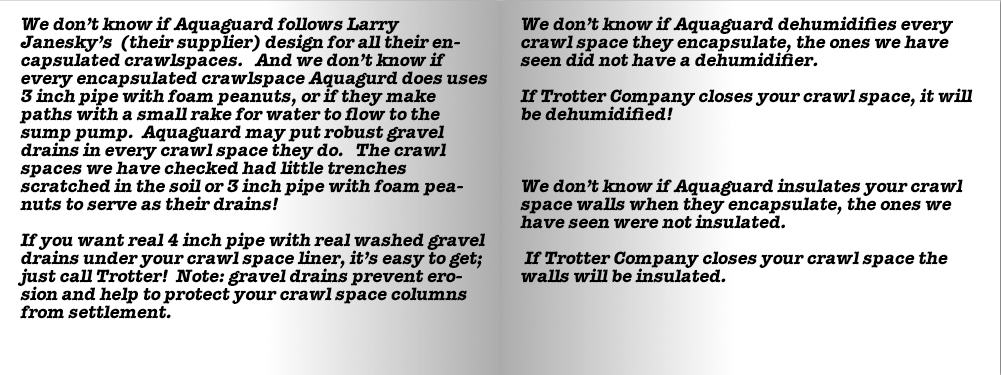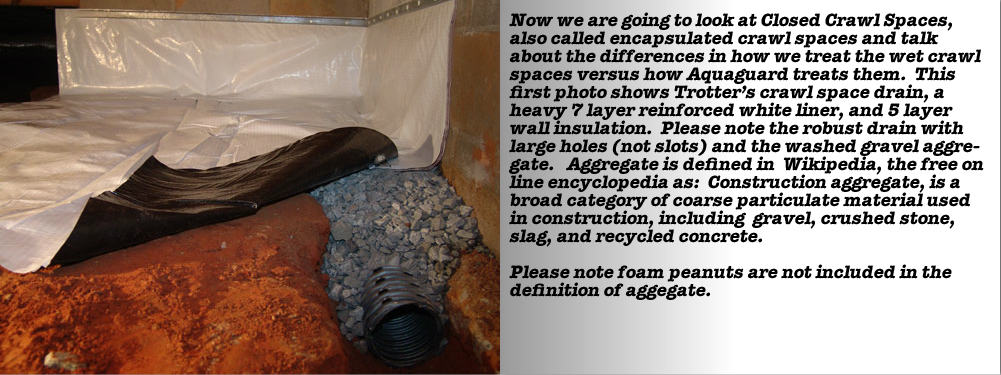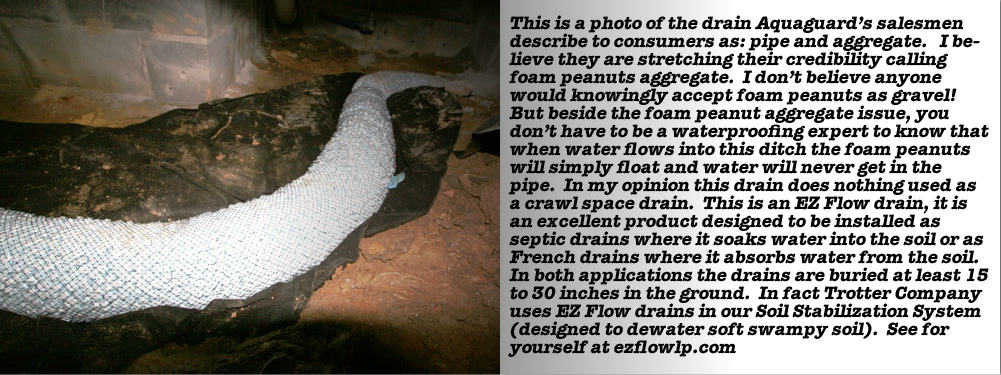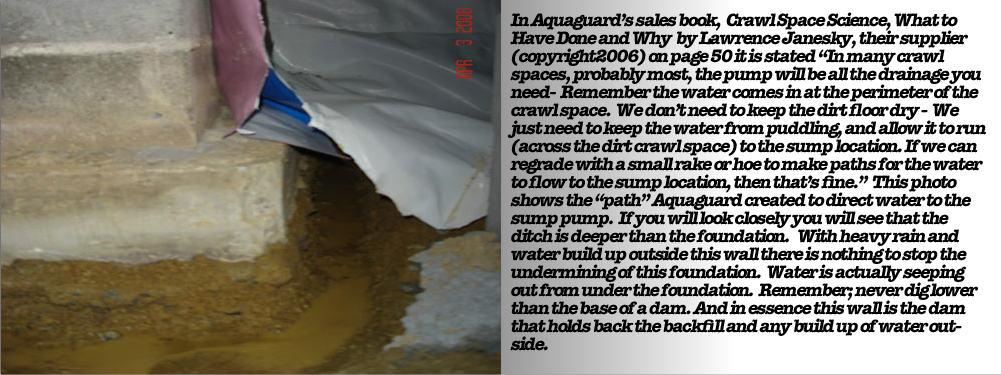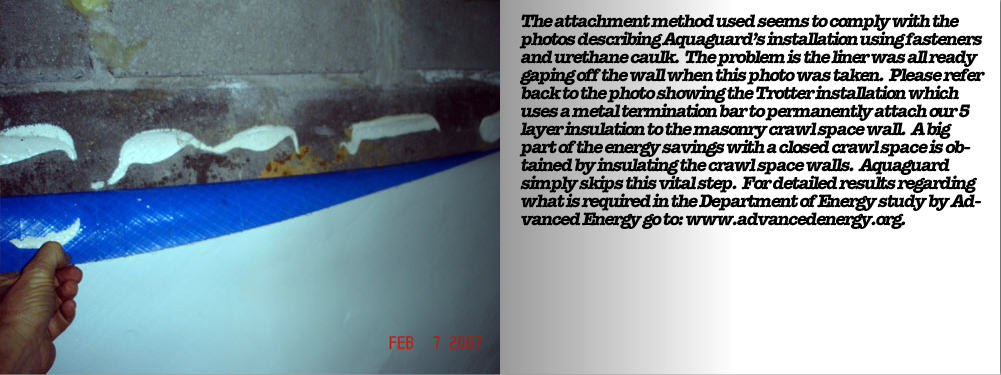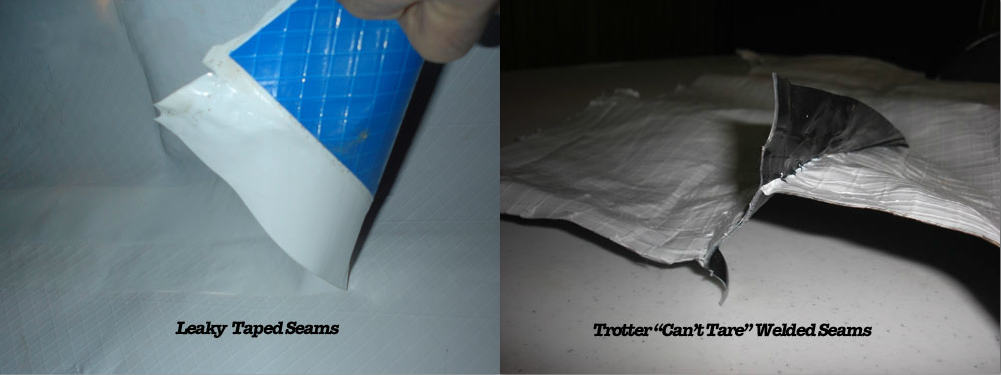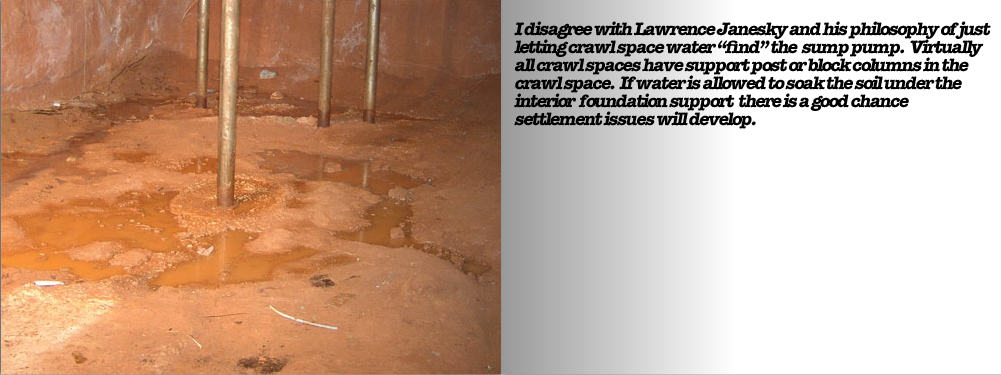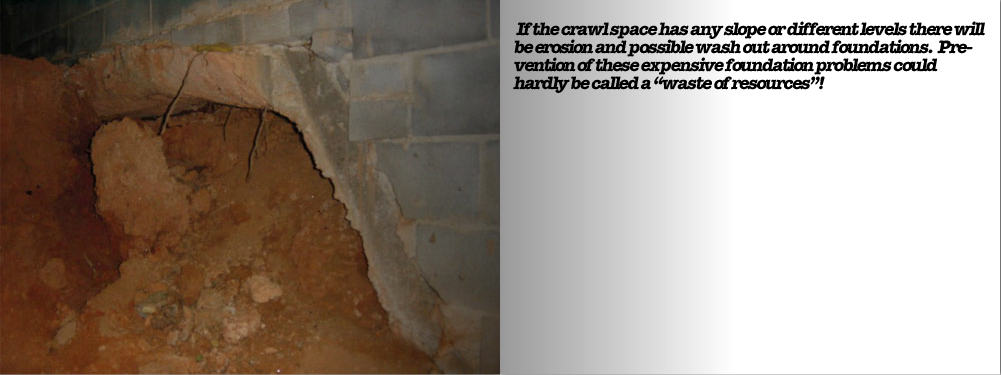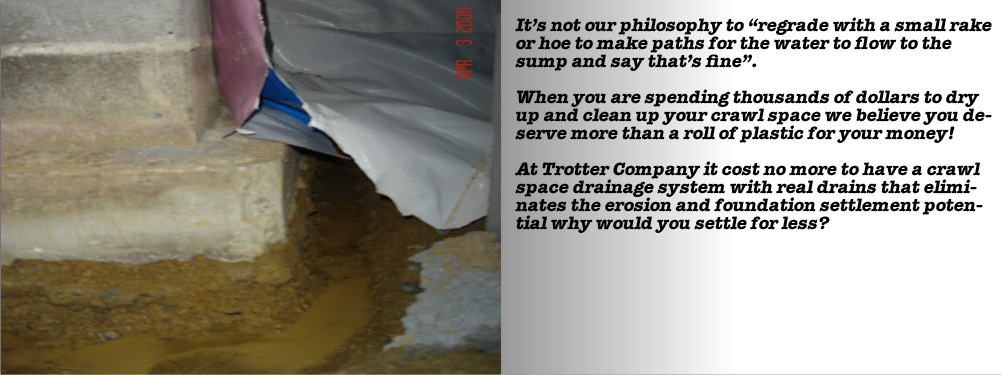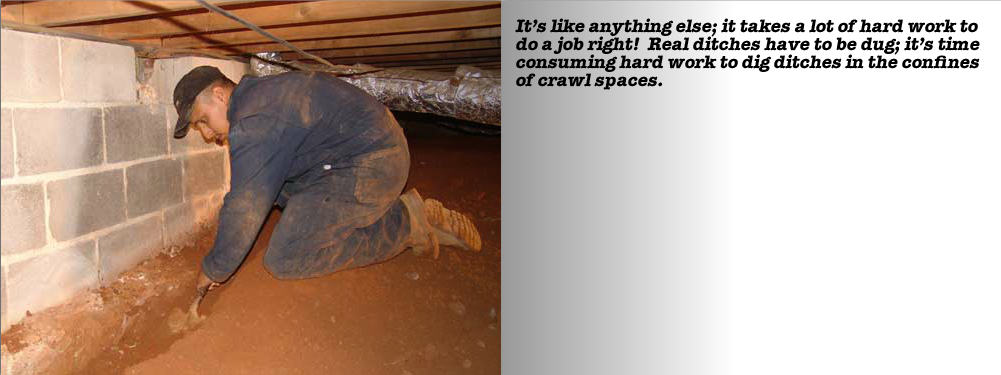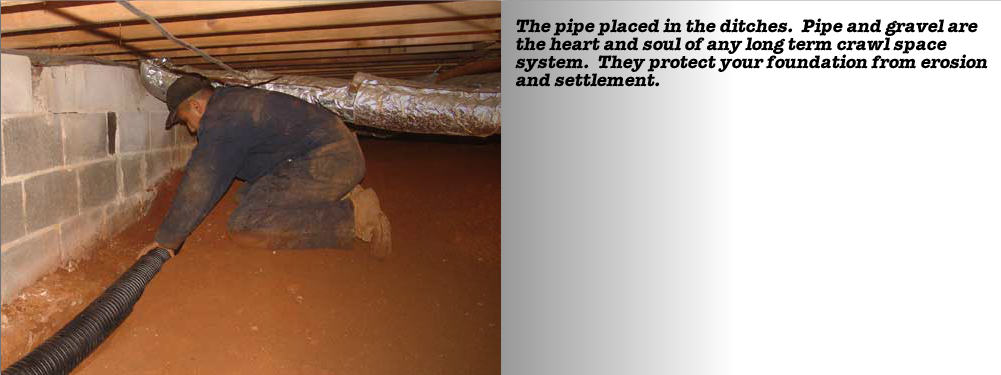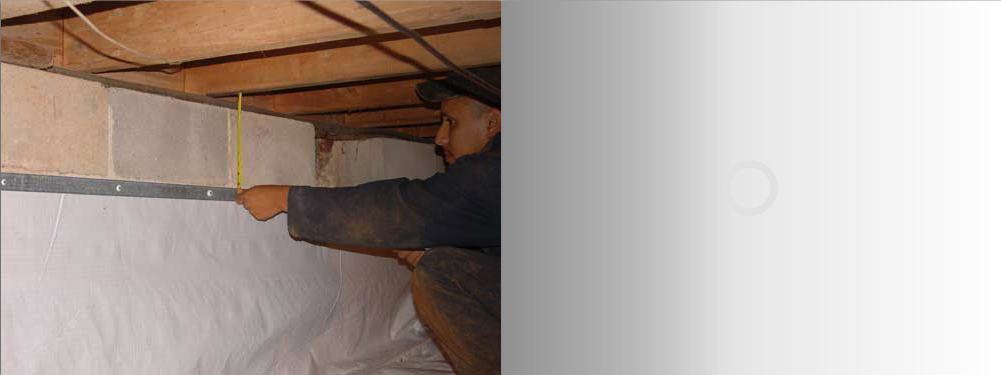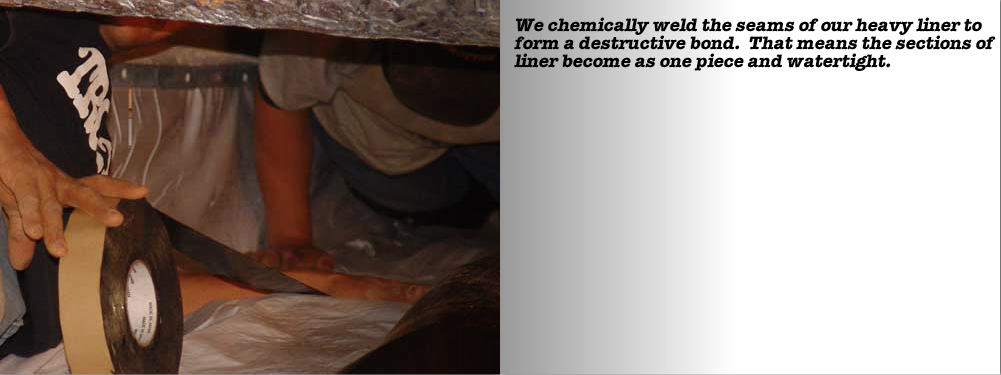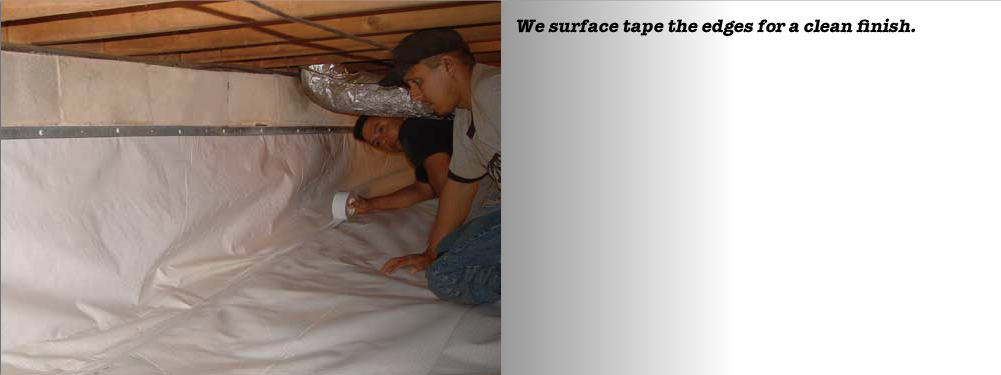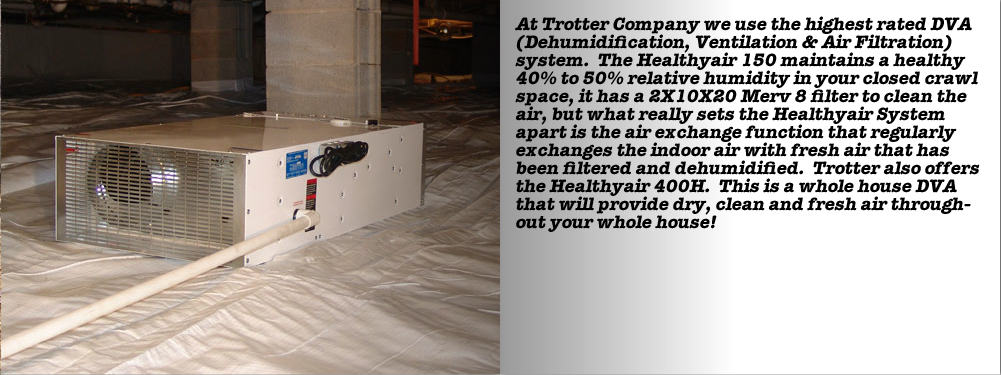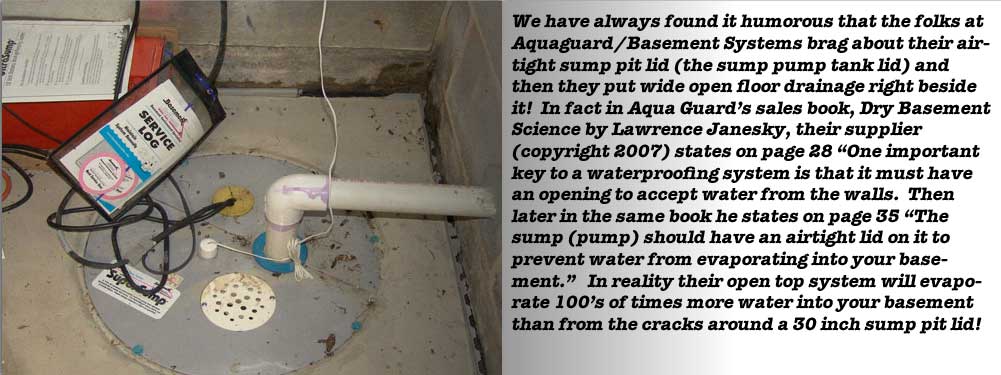Atlanta Basement Waterproofing Services
Trust The Experts…Trotter offers Lifetime Warranties since 1929!
Basement Waterproofing * Crawlspace Waterproofing* Structural Repair * Drainage
Basement Waterproofing
A common challenge that homeowners face is water in their basements, basement moisture, or basement sump pump system issues. Not only is a wet, musty basement a pain to clean up, but it can also ruin other parts of the room. It can damage the walls in your basement and leave stains on your floors, or even cause mold to grow if left untreated.
At Trotter Company, our team of experienced waterproofers can perform a basement inspection of the basement drainage system and provide the best possible recommendations to keep it dry, permanently. Our team will also take the time to inspect your basement sump pump system and provide basement foundation cost.
If you’d like a free quote for repairing basement drainage system or basement sump pump system issues, basement moisture, or basement foundation cost, including wall moisture or floor cracks, contact us by phone or e-mail or just click on the red button above! We serve Marietta, Atlanta, Decatur, and surrounding areas.
How We’re Different
Before the new Trotter System, all sub-floor basement drainage system and basement sump pump system flooded the soil under the basement floor with rain water, even ours. These “drain field” drains are perforated to allow water to flow in. It’s simply how they work: water pours out of the weep holes in the wall and soaks the soil under the floor. It then builds up and flows into the perforated drain. The problem is this water soaking in weakens the soil. If your home is built on questionable soil or fill dirt, settlement issues will probably develop. The other problem is when the trenches are dug to install the drains beside foundation, the termite chemicals are removed with the soil and will likely result in the loss of your termite protection. The Trotter System does not disturb the termite barrier.
Some companies intentionally leave their system open at the wall to catch seepage trickling down the wall and usually do nothing to prevent evaporation and seepage from the masonry basement walls. The unfortunate side effect is constant moisture evaporation from under the floor back into the basement. If you finish a basement with this system in place, you will almost certainly have high humidity levels behind the finished walls, which can lead to mold. Only the Trotter System warrants no water or dampness from our basement system – a full 8 feet high on masonry walls! Trotter Company will be sure to fully inspect your basement drainage system.
What Issues Are You Seeing In Your Home?
If you’ve got any of the following in your home, you probably have a wet basement problem. It’s best to address this ASAP since water in your basement can lead to other major problems.
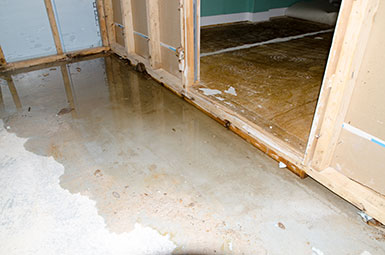
Water In Basement
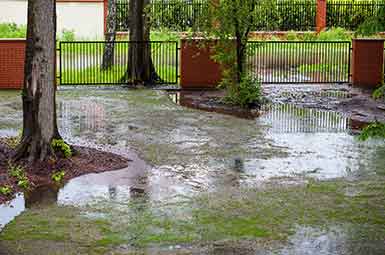
Ponding Water
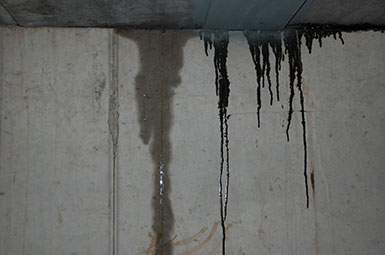
Wet Walls
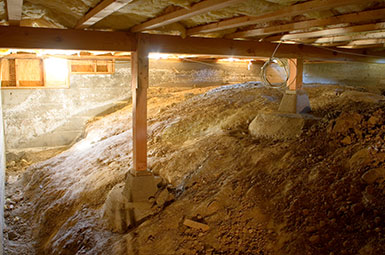
Musty or Smelly Basement
A musty smell could be a sign of mold growth, which could lead to a number of additional health issues.
Trotter has solutions.
Learn More
Have Trotter Company check your system out once a year to keep it in top operating condition.
Learn More
Want to learn more?
Check out our library of videos to help you understand and diagnose your home of common foundation and leak issues.
Follow us on YouTube for the latest videos, tips, & tricks.





